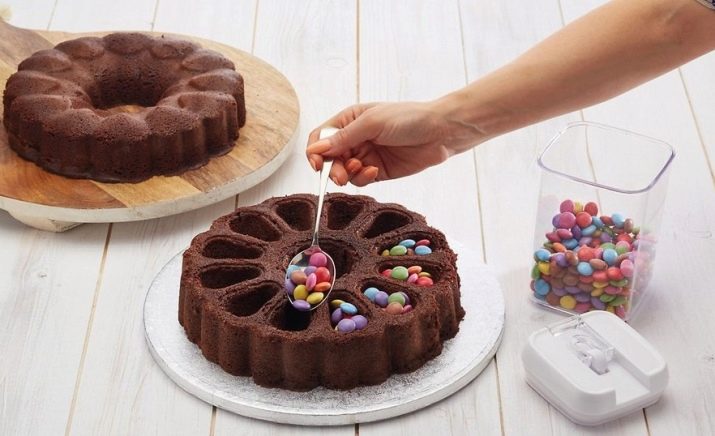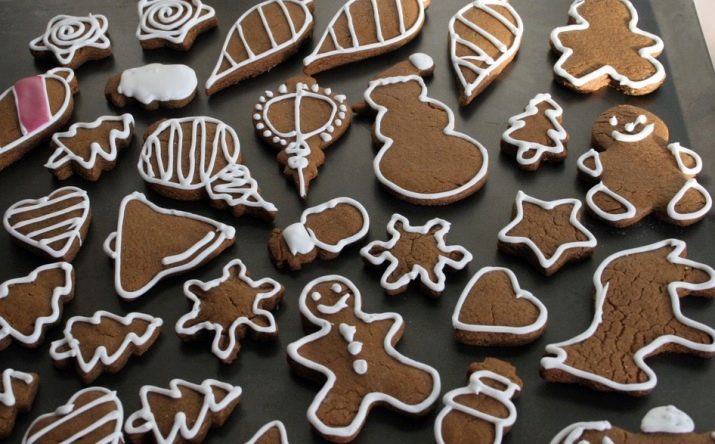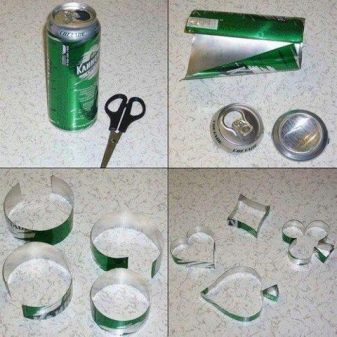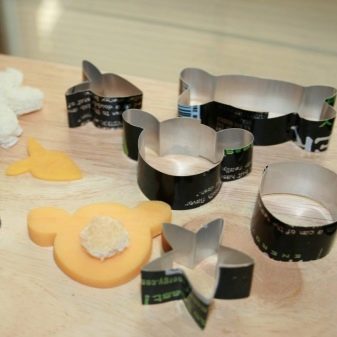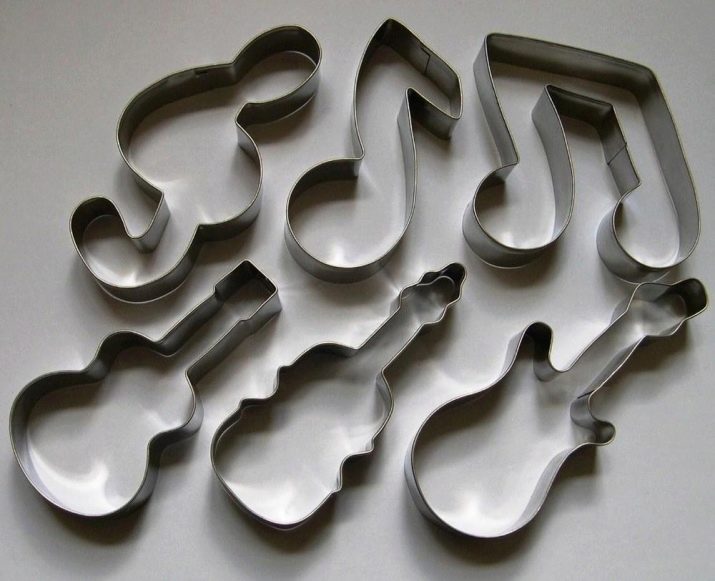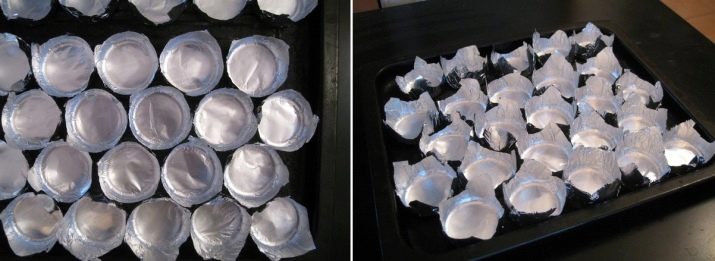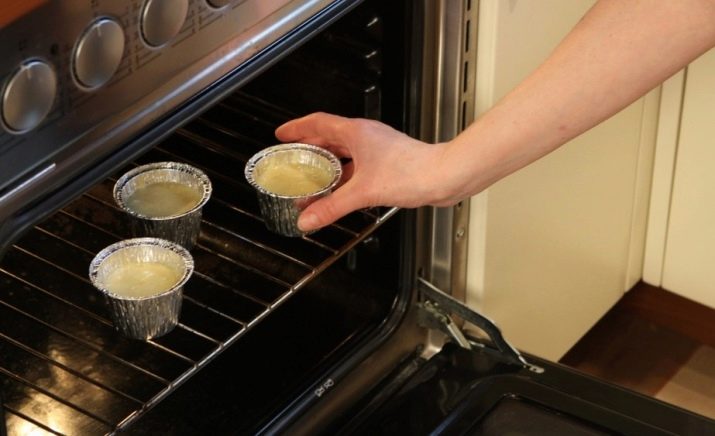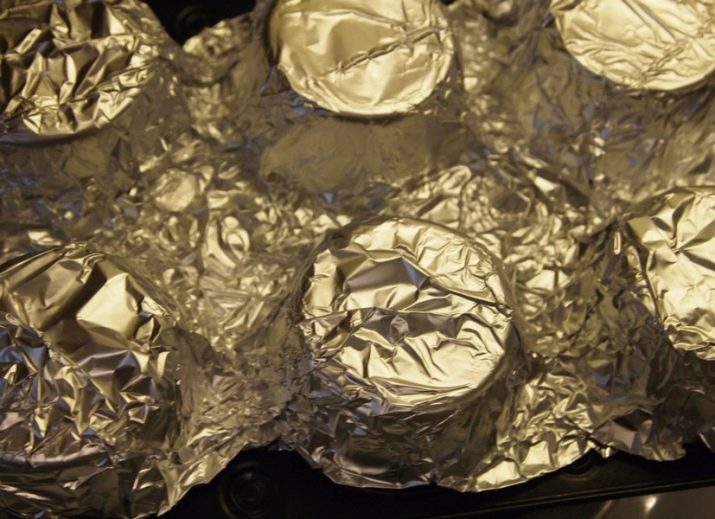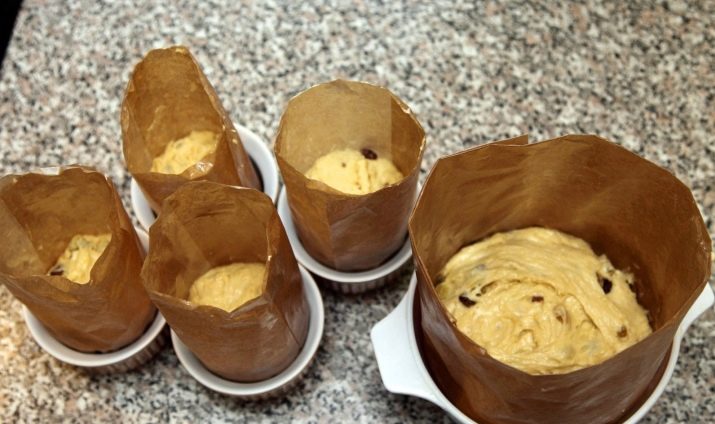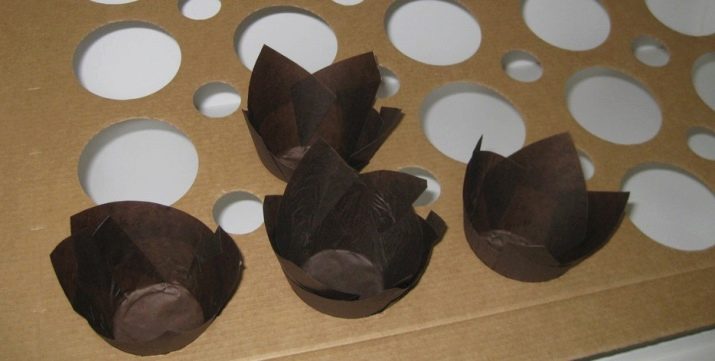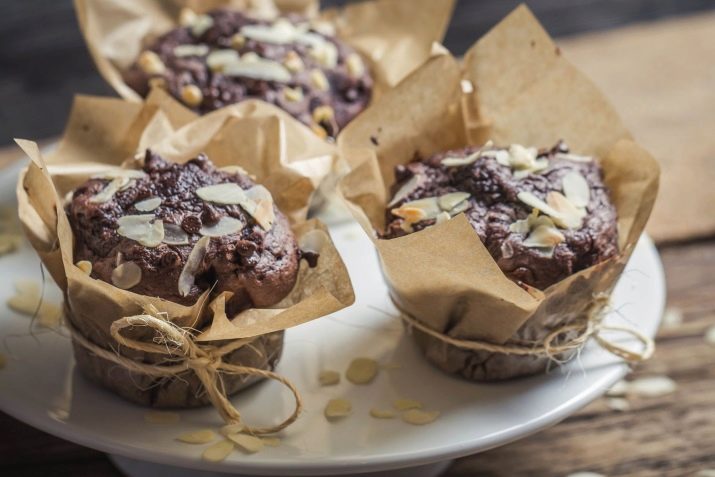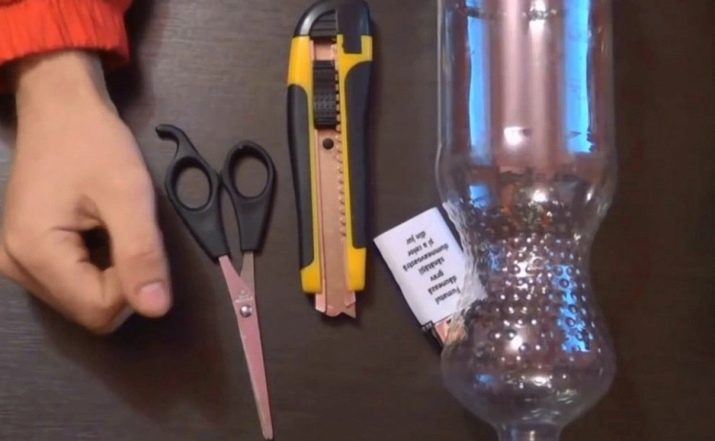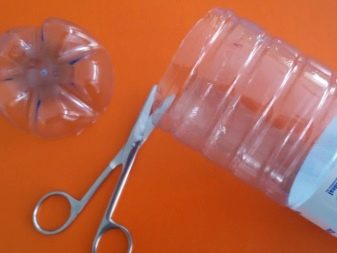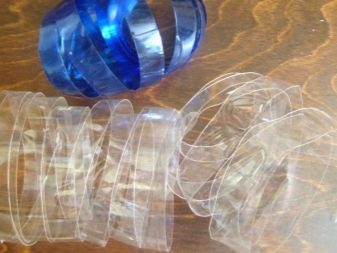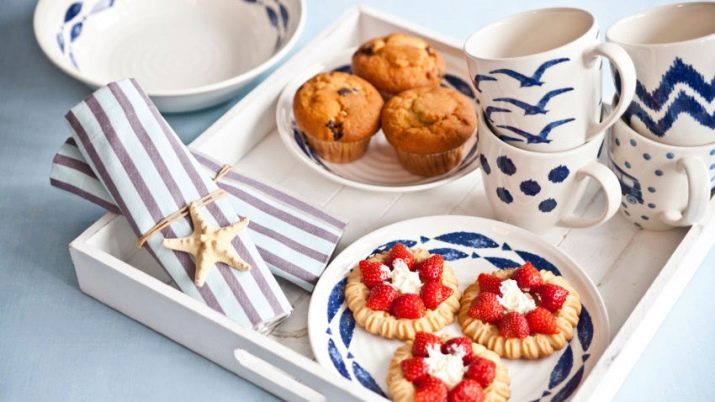How and from what can I make baking dishes with my own hands?

Homemade pastries are loved by all, because it turns out very tasty due to the fact that hostesses put a piece of his soul. And when this pastry has bizarre shapes, it is doubly delicious. But there are situations when there are no molds for baking at hand, and I really want to please the household. This article will look at ways to make them at home.
Production options
It so happens that it is difficult to find the necessary form in the store, it is much easier to do it yourself, without wasting time and effort on searching. In addition, savings and finances. Imagine how great it is to bake themed cookies for hobbies or for a particular holiday. For example, a set of tools for friends who like to make tinkering, hearts for lovers, the alphabet for the First of September, a crown for princesses, a sword for real knights, and so on. There are several ways to make molds for cookies and other baking from improvised means.
From tin cans
For the manufacture you will need materials such as:
- can itself;
- round nose pliers;
- scissors for cutting metal;
- wooden block;
- awl;
- hammer;
- paper;
- pencil.
Of course, you must first thoroughly wash the jar with running water, you can with detergents. Dry it. You can take any jar, but it is best suited from carbonated drinks, beer or condensed milk.
Canned cans are much tougher, and making molds from them will be more problematic, you might need male power. From the recommended tin, creating forms is very simple, and their diversity knows no boundaries.
The initial stage of the work will be a sketch of the future form on paper of such size that you want to make a form. Then cut the top and bottom of the tin can, and then vertically on one side to form a single plate. Measure with a ruler strips of 2.5-3 cm and mark with a pencil or marker. Next, scissors for metal need to cut the plate into strips.
Observe safety precautions, and in order not to cut your fingers on fairly sharp vertical edges, bend them on each side by 5 mm.
This can be done with a vice. Fix the strip and bend the edges with round-nose pliers, and then take a hammer, a wooden block, and tap out, forcing the curved edges and making them flat. At the final stage of the template pattern, bend the strip, giving it the desired shape. When you need to fasten the strips to each other, then at the ends you need to make bends of 5 mm, but only in different directions. After fastening, also go with a hammer in order to better fix and remove irregularities.
If the house has a soldering iron, and you know how to use it, then for reliability you can additionally solder the joints of the strips. If not, do not be discouraged, still such products from the tin will last not too long, but they will quite cope with cutting the dough for cookies, if it is shortbread or sugar.
Another safety recommendation: check the upper and lower edges of the strips, if they are too sharp, or there are burrs, then treat them with sandpaper or sawing.
With this method you can make any shapes for baking cookies. Horses, horseshoes, hearts, any other animals, stars, simpler geometric figures, numbers, letters, shells and so on. Your imagination to help you.
Foil
This manufacturing process is even simpler than the previous one. Consider a step by step plan of action. You will need:
- foil;
- the basis for the manufacture of the form;
It is worth noting that These blanks are disposable, but if there is no alternative at hand, they are perfect for baking.
Plus foil molds in that you can make any shape from it.
The foil is plastic, easily bends and forms, but a template is surely needed for it. This can be either a purchase form or any suitable container. So let's get started.
To make a baking cupcake, measure the diameter of the pattern container, mark it on the foil and cut a circle, adding one centimeter at the edges to the bend. Now wrap the container with it, align it with the walls and fix the edges by bending them. Next, gently pull out the template. If the foil is too thin, use several layers at once.
For Easter cake, the shape is done in a similar way, only the foil should be applied not inside, but outside, turning the jar or bucket upside down. Do not forget to equate the walls, tightly pressing your fingers to the original container. Before filling the mold with the mass from the dough, it is necessary to lubricate it with oil so that the baked products do not stick or stick.
From parchment
To make tender, light molds from parchment paper, you also need original molds. And the more the better, since this method will be long to manufacture, if you have only one template.
To make, measure the required size, and cut out the paper blank. To create one piece, you will need two identical paper pieces. Put both pieces of parchment together, wet them and put them on a patterned container, turned upside down. Carefully, with a ruler or finger, repeat all the curves of the pattern. Excess edges, protruding near the surface, carefully cut with sharp scissors over the entire diameter. Now you can put on the battery to dry or speed up the process with a hair dryer. Once the paper is dry, the form is ready for use.
With such delicate blanks, you can not only bake cupcakes, puddings, muffins or cookies, but they are also perfect for decorating bouquets of sweets or simply for beautifully serving a gift set of chocolates made with your own hands.
In addition, these beautiful baking capsules can be painted to your taste with the help of food dyes, which will add another talent of the artist to your pastry mastery. Just imagine how the children will be delighted, having received a tasty treat in bright packaging.
From plastic bottle
Here the manufacturing process is similar to the one described in the master class about tin cans. The bottle is also suitable as a form for cutting figured dough biscuits.
We remove the neck and bottom, then we cut the bottle along and from the resulting rectangle we outline future strips. Decide what height you need molds, tick and cut with scissors. Now, just according to the drawn pattern, we attach the necessary bends to the strips, fix the joints with clips, or slightly melt the edge of the stripe over an open fire, press it against another, as if we are soldering them. After cooling, the edges will be well fixed among themselves.
Do not be afraid to use plastic for these purposes, the bottles are made from a plastic food grade, so they are safe.
With such simple ways you can make any baking pans and please your family and friends with a variety of not only taste, but also figures.
In the next video you will learn how to make silicone bakeware.
